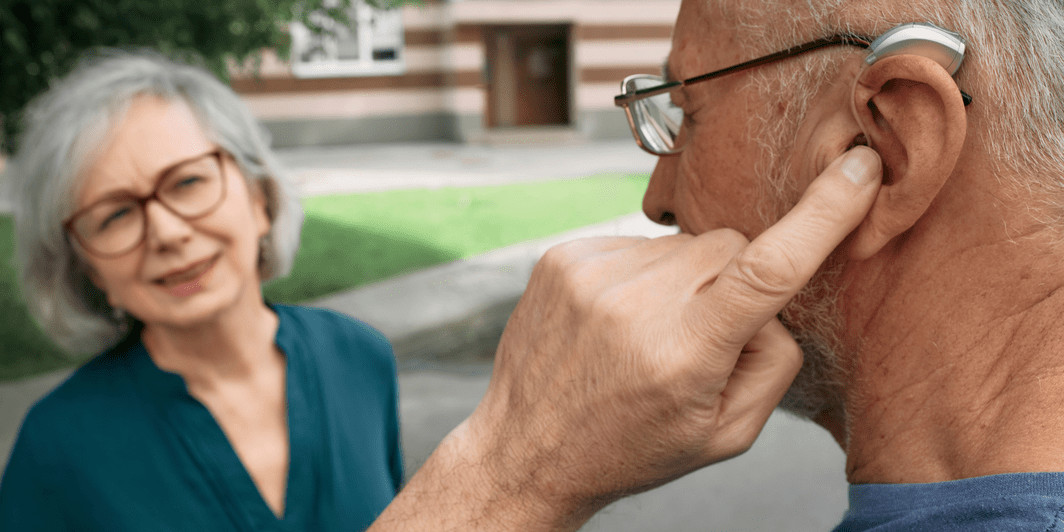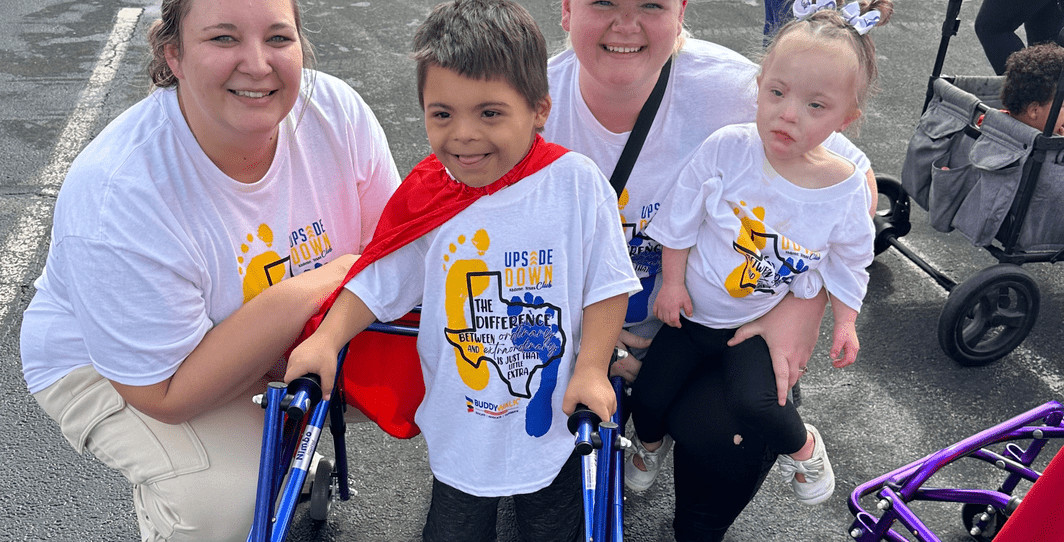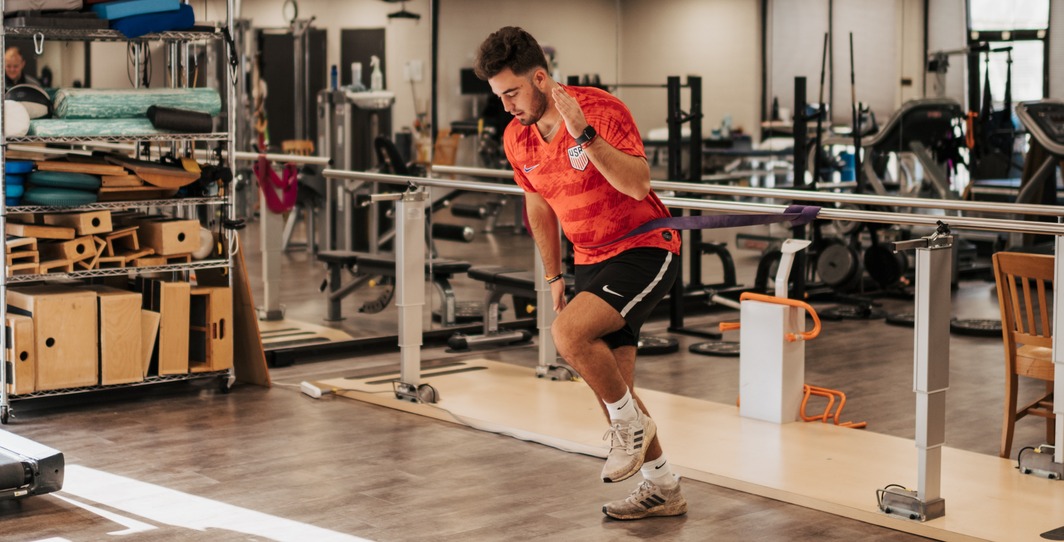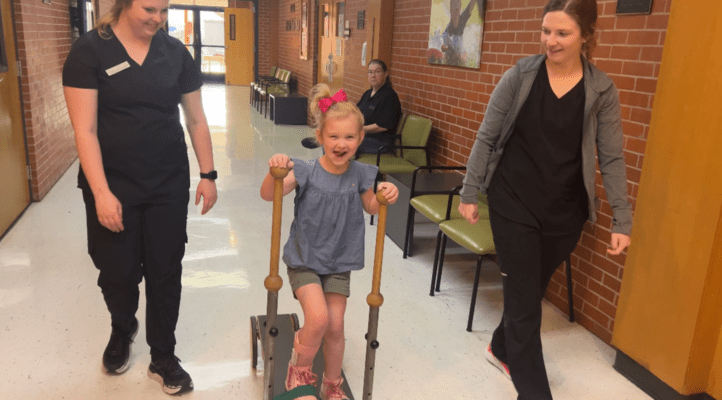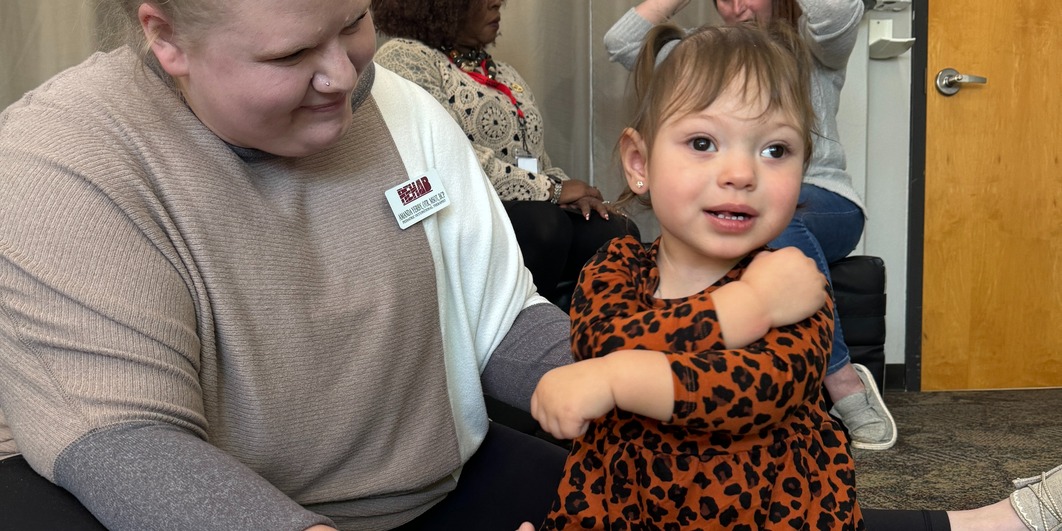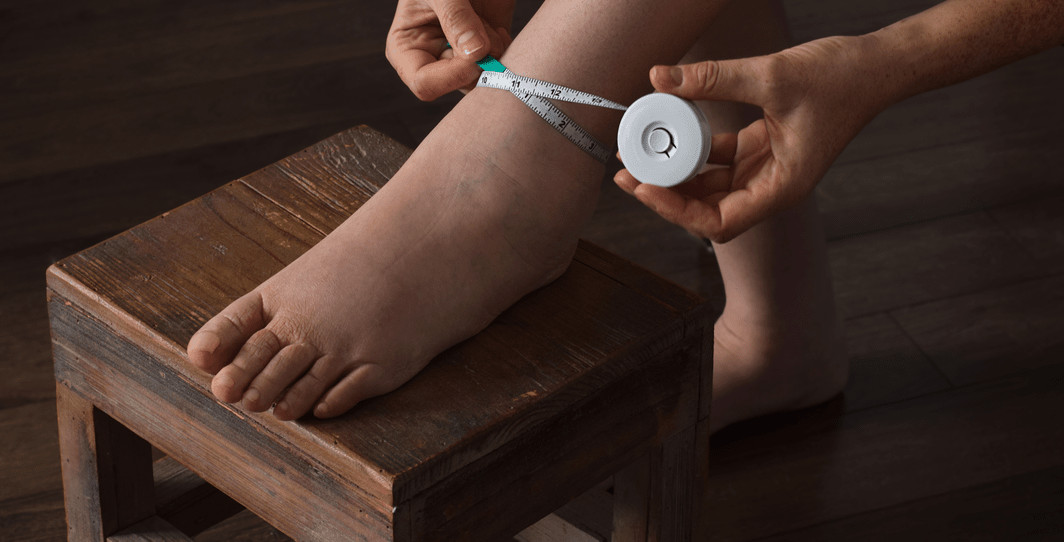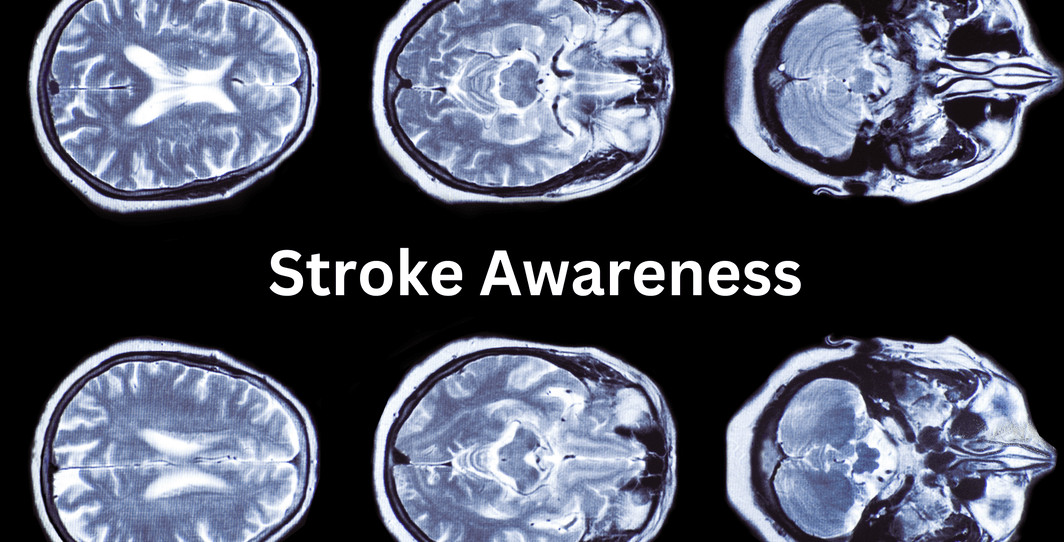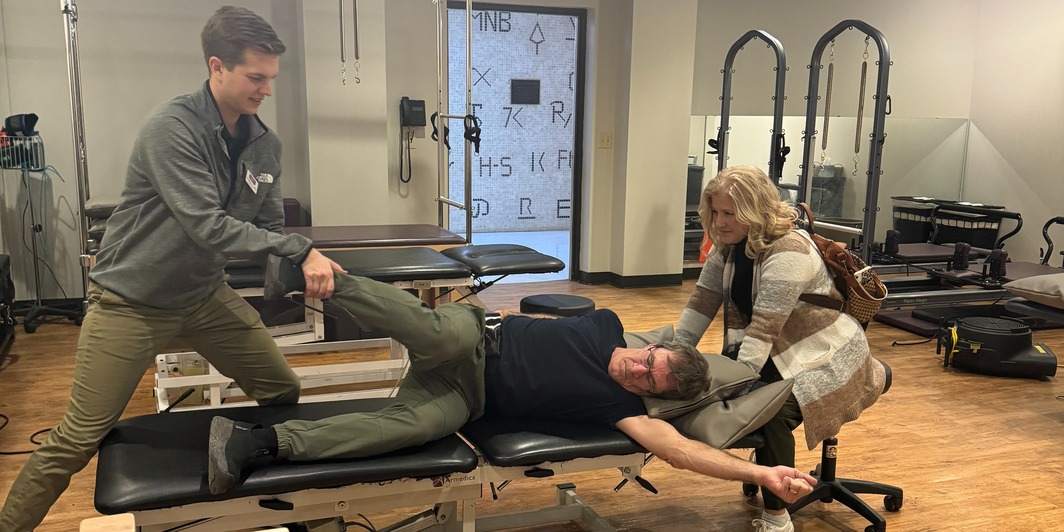Hearing loss can put a strain on even the most stable relationships. No matter which spouse loses their hearing, both are forced to adjust to a new normal because of the challenges hearing loss presents.
Hearing loss in relationships can be challenges. Hearing loss can negatively affect established relationships if it isn’t managed properly or fully understood. This may come as a surprise given nearly one-fifth of Americans have hearing loss – hardly a small amount. However, because of its prevalence, it’s important couples are prepared to tackle the problems that may arise if hearing loss rears its ugly head.
Negative Emotions Caused by Hearing Loss
If you and your spouse are struggling with the effects of hearing loss on your relationship, you’re certainly not the only ones. A large number of couples struggle to communicate with the same frequency and nuance as they once did after receiving a hearing loss diagnosis.
You may recognize these feelings have crept into your relationship lately:
- Frustration – The spouse with hearing loss may be frustrated by changes to their way of life and feel their hearing loss is misunderstood by their partner. The other spouse may be frustrated they have to repeat themselves often in order to be understood.
- Anger – Over time, pent-up frustration may be expressed as anger. You and your partner may find yourselves arguing about going out in public, using closed captions on the TV and losing much-needed communication in your relationship.
- Stress – Sometimes the hearing partner feels pressure to step up to the plate to help their spouse. They may feel like a full-time liaison, responsible for filling in conversation gaps, doing chores that require interaction with other people and advocating for adequate medical care. The spouse with hearing loss may fear being too dependent on their partner and may not be comfortable with how extensive their medical needs have become.
- Sadness – Someone with hearing loss may feel they are missing out on conversation, music and the world at large. The other spouse may mourn the changes in their partner and feel guilty that they cannot change their situation.
- Loneliness – Depending on the severity of the hearing loss, it can be difficult to make small talk or sustain a conversation. People have misconceptions about hearing loss and may treat you or your spouse with disdain or pity because of it. This can make it hard to socialize and form meaningful connections with those who truly respect you.
- Detachment – You and your spouse may feel estranged from each other where you once felt inseparably close. Some of the spontaneous moments of communication you used to enjoy together may no longer be physically possible, and that can take an emotional toll over time. This can be especially jarring if you’re used to having a rock-solid relationship built on open and honest communication.
- Isolation – Some situations are simply too overwhelming for someone with hearing loss. Busy restaurants, raucous sports games, loud concerts and parties with blaring music may all be off-limits now. Hearing loss can also cause embarrassment and exhaustion, which may lead someone to stay at home instead of being subjected to the perceived judgments of others.
How to Cope with Hearing Loss as a Couple
The important thing to remember is that hearing loss is no one’s fault. It can be caused by any number of factors out of your control, like noise exposure, ototoxic medicines or aging. What you do have control over is how you handle hearing loss and move forward as a couple.
You are not necessarily doomed to divorce because of this obstacle. You have likely gone through many trying times together, such as losing a loved one, combatting a serious illness, raising children together, moving to another city or state and renegotiating your respective roles in the relationship as you’ve grown older. When you rose to each challenge, you likely became a stronger couple because of it.
Coping with hearing loss is no different. The following strategies may help you resolve some of the negative emotions you feel and rebuild your relationship:
- Attending marriage counseling together
- Agreeing to communicate in a healthier way devoid of blame or aggression
- Getting a hearing aid or cochlear implant
- Learning sign language together
Receive a Hearing Aid or Cochlear Implant Services from West Texas Rehabilitation Center
According to the National Institute on Deafness and Other Communication Disorders, more than 28 million American adults could improve their quality of life with the help of a hearing aid. Despite this, most people who could benefit from hearing aids never try them – including approximately 84 percent of eligible 20- to 69-year-olds. Among those who have tried hearing aids, a large percent find that they have had a positive impact on their marriage.
At West Texas Rehabilitation Center, our audiology team will work with you to find the best hearing tool for your level of hearing loss. We have a wide variety of new hearing aids to choose from at every price level, and we also offer hearing aid repair. Best of all, you don’t have to worry about the performance of your device – we offer a 60-day trial period to make sure you’re seeing results, as well as cleanings every four months free of charge!
If you’re interested in trying a hearing aid or receiving cochlear implant services, contact us today at our Abilene, San Angelo or Ozona locations.